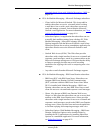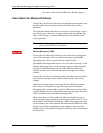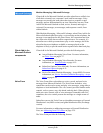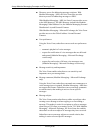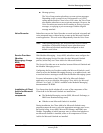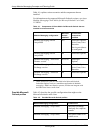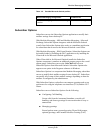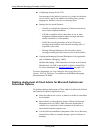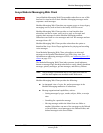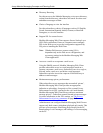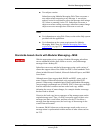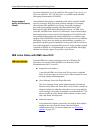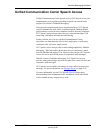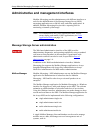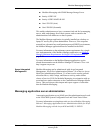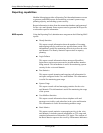
Modular Messaging interfaces
November 2004
Avaya Modular Messaging Concepts and
Planning Guide
4-23
Avaya Modular Messaging Web Client
Avaya Modular Messaging Web Client enables subscribers to use a Web
browser for visual access to their Modular Messaging messages and to
corporate e-mail messages.
Modular Messaging Web Client does not support access to Avaya legacy
messaging servers, such as Octel or the Intuity AUDIX servers.
Modular Messaging Web Client provides a visual interface that
subscribers can use to create, send, receive, reply to, forward, and
organize their messages from the Modular Messaging mailbox.
Subscribers can listen to voice messages and view fax messages and text
messages from a PC.
Modular Messaging Web Client provides subscribers the option to
download the Avaya Voice Player application for playing and recording
voice messages.
From Modular Messaging Web Client, subscribers can also send
messages to the Personal Distribution Lists (PDLs) they own. For
information on addressing messages to PDLs, see Addressing from GUI
clients on page 5-39.
The Modular Messaging Web Client inbox presents visual indicators,
known as message flags, that help subscribers to easily identify broadcast
messages, priority messages, private messages, and delivery failures.
Note: Avaya strongly recommends that a virus protection software
with the latest updates are installed on the Web server.
Modular Messaging Web Client provides the following:
! An integrated view of voice, fax, and text messages in the
Modular Messaging mailboxes of subscribers.
! Message organizational capabilities, such as:
— Sorting messages by type, sender, subject, folder, or receipt
time
— Searching for a particular message
— Moving messages within the Inbox from one folder to
another. Subscribers can move New messages to the Deleted
or Saved folders, saved messages to the Deleted folder, and
deleted messages to the Saved folder.



